It was while I was researching The Book of Horror, an illustrated guide to the scariest movies ever made, that I first started seeing things.
Not the full Haley Joel Osment, you understand, but what we’ll call a seventh sense. I’d catch glimpses of something out of the corner of my eye, and my mind would fill in the blanks with spooky imagery because I was consuming so much of it.
It didn’t help that my son had just been born. Lack of sleep combined with horror movie overload is a condition I wouldn’t wish on anyone. Night becomes dawn becomes day – the full George A Romero – and reality becomes harder and harder to rely upon.
Driving past the local garage one evening, I saw a Creepshow skeleton caked with remnants of clinging skin staring out at me from the front seat of a car. Watching The Great British Bake Off, that beacon of primetime TV evil, I glimpsed a J-horror wraith standing outside the tent.
The cause of this – temporary – insanity was watching up to five horror movies a day for eight months as research for The Book of Horror, casting my net far and wide to seek out the most frightening films the genre has to offer.
But once I’d seen all the main contenders, plus hundreds of wild cards, the question was how to compare them: just what is it that links the grottiest slasher with the most sophisticated ghost story? With the help of my publisher and some horror-fiend friends, I developed a system I called Scare Tactics to analyse how horror films actually work.
By my reckoning, there are seven main Scare Tactics. And while most horror films use most of the Scare Tactics at some point or another, the frequency and intensity of usage changes depending on the subgenre you’re watching.
So Halloween might score highly on Dread (Scare Tactic #5) because we’re always waiting for Michael Myers to strike, but low on The Grotesque (Scare Tactic #4), because the killings are mostly gore-free – although he does eat a dog. The Descent, meanwhile, scores highly on The Unexpected (Scare Tactic #3), because of its excellent jump scares, but low on The Uncanny (Scare Tactic #6), because its bestial horrors could not be more, well, down to earth.
The seven Scare Tactics are as follows:
#1 DEAD SPACE
There are two kinds of Dead Space. Negative space is when there’s so much room around the subject of a shot it feels like something might jump out at any moment. A good example is the large expanse of curtain behind Janet Leigh in Psycho’s shower scene. Positive space is when there’s too the old crone lying in bed behind Christine (Alison Lohman) in Drag Me to Hell. A film that uses Dead Space really effectively is It Follows, which has viewers anxiously scanning the corners of the frame for the next incoming threat.
Film to see: It Follows
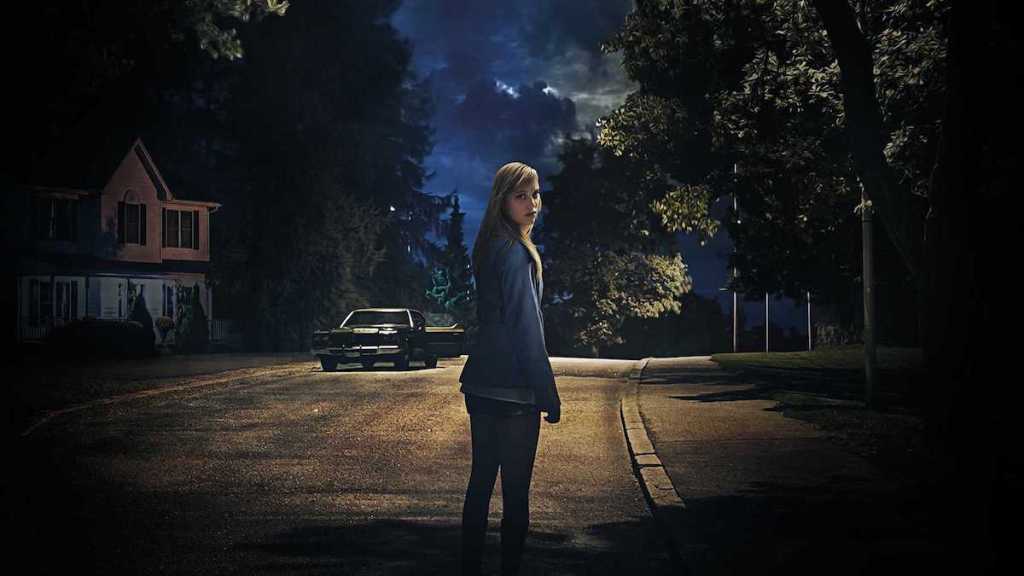
#2 THE SUBLIMINAL
This refers to all the sly cinematic tricks that film-makers employ without us noticing. Think of The Texas Chain Saw Massacre’s slaughterhouse noises, or the unearthly breathing on Suspiria’s soundtrack. In The Exorcist William Friedkin uses buzzing insects to stimulate a fight-or-flight response, and there are several inserts of a black-and-white demon’s face (actually Eileen Dietz, Linda Blair’s stand-in) that occur for an eighth of a second, and couldn’t be easily seen pre-VHS. No wonder viewers thought the film itself was possessed.
Film to see: The Exorcist
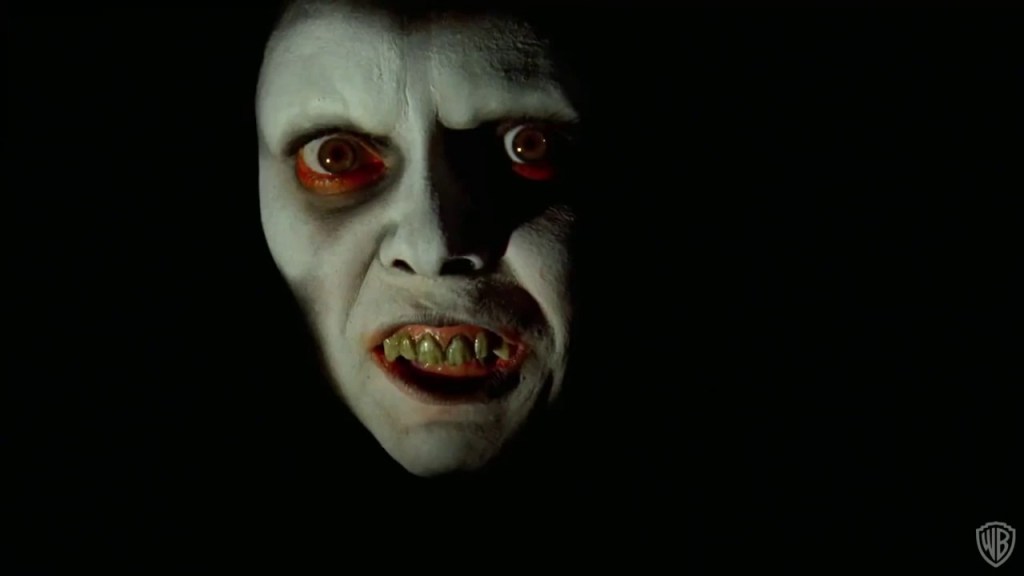
#3 THE UNEXPECTED
From jump scares to plot twists, The Unexpected covers all the ways horror films pull the rug from beneath our feet. When used well, as in Insidious when the red-faced demon appears behind Josh (Patrick Wilson), jump scares increase our anxiety levels as we wait for the next nasty surprise. Meanwhile, sudden plot twists like the shock death of Charlie (Milly Shapiro) in Hereditary break a pact with the audience. If the film’s capable of doing that to a little girl, we think, what the hell’s going to happen next?
Film to see: Insidious
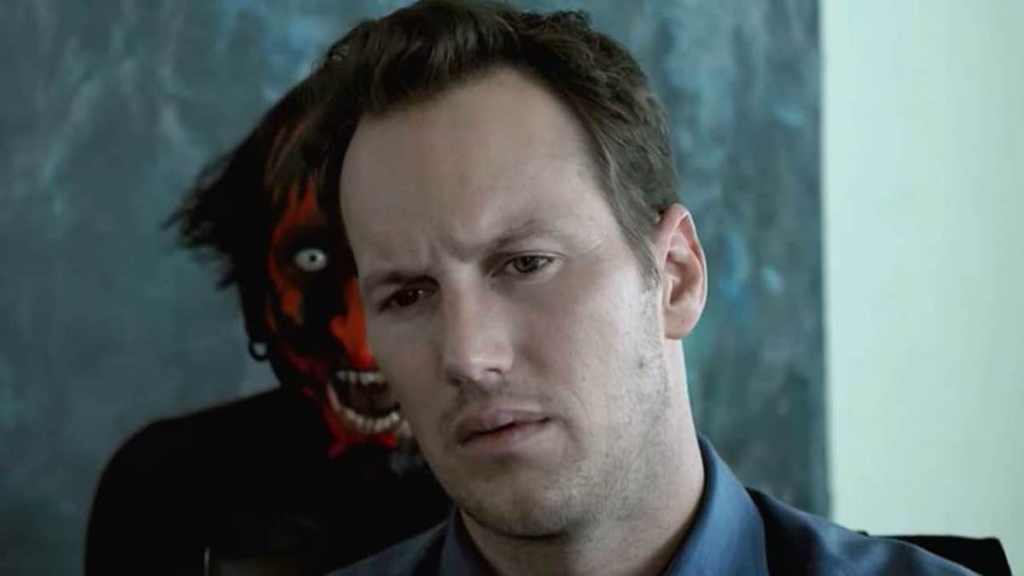
#4 THE GROTESQUE
Whether splatter movie or creature feature, The Grotesque is all about grossing viewers out with leaking wounds and stomach-churning SFX. And it’s no wonder: we’re programmed to find broken bodies upsetting, and watching people in pain makes us feel vulnerable too, hence why Martyrs is so hard to watch. Triggered by everything from arachnids and aliens to blood and brains, disgust can be a powerful tool, as Neil Marshall shows in The Descent. Here the slimy, sightless crawlers get battered to death in inventive, unforgettably squishy ways.
Film to see: The Descent

#5 DREAD
This is the awful feeling of anticipation when you know something bad is going to happen. It’s a common feature of the ghost story, where the house is clearly haunted but the spectres take time to reveal themselves. Dread can come from within the story itself, such as the many warnings about Hill House at the start of The Haunting, or technical elements such as extended Steadicam shots, which eke out the tension before a big reveal. In The Shining, the longer Danny (Danny Lloyd) wheels around the corridors in those insinuating, unbroken takes, the more we’re scared of what lurks around the next corner.
Film to see: The Shining
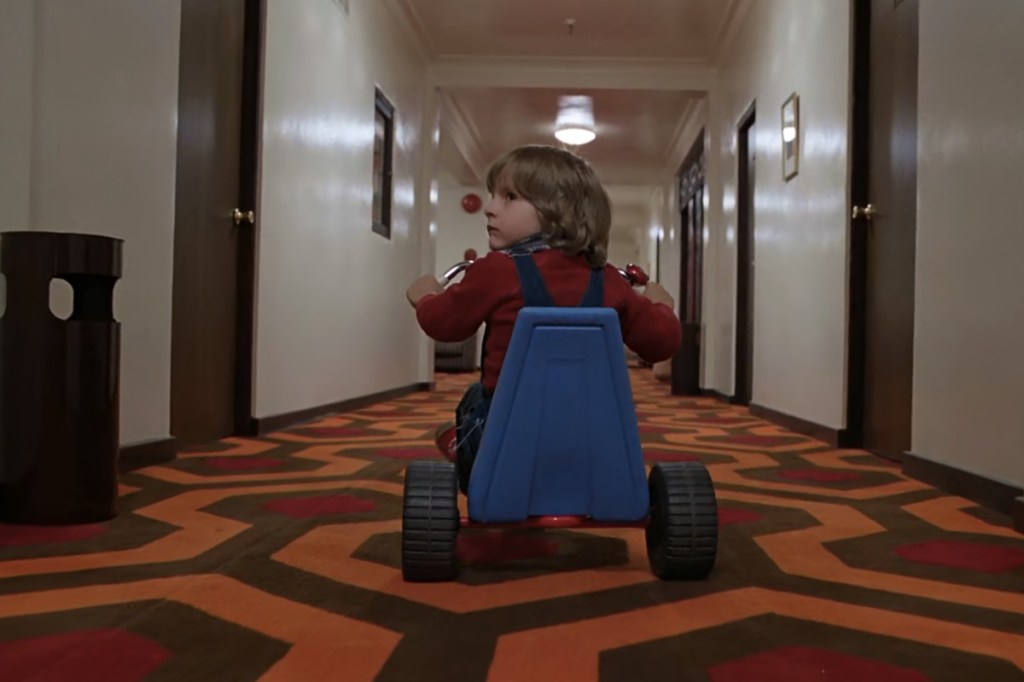
#6) THE UNCANNY
The Uncanny is that strange, slightly dreamlike sense that what you’re seeing is not quite right. It could be something inanimate, like a doll, seeming to move, as in the climax of Dead of Night; something normal subtly altered, like Banshee Chapter’s blank-faced human monsters; or something jarring in a mundane setting, like the old lady dancing behind Bev (Jessica Chastain) in It Chapter Two. Perhaps the best example if the way Sadako (Rie Ino’o) moves towards her victims in Ring. In fact, the actor was filmed walking backwards then the footage reversed, so it’s no wonder it looks so plainly, petrifyingly wrong.
Film to see: Ring
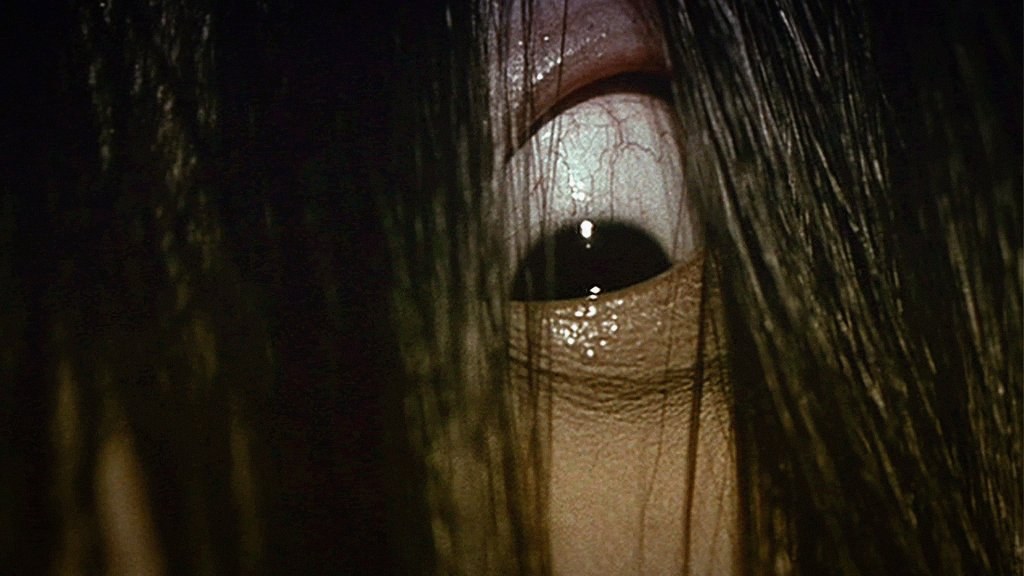
#7 THE UNSTOPPABLE
Unlike most films, which reach some kind of happy-ever-after, horror movies are more like nightmares, refusing to resolve themselves and let us off the hook. A good example is the end of Halloween where Michael Myers is revealed to be, basically, the bogeyman – an unkillable force stalking the streets in sequel after sequel. There’s also a sense of The Unstoppable in John Carpenter’s looping synth score, which keeps leading us back to the start. Ju-On: The Grudge, meanwhile, takes The Unstoppable to new extremes because its central curse keeps expanding outwards with no hint of how it can be stopped, and no closure for the viewer.
Film to see: Ju-On: The Grudge
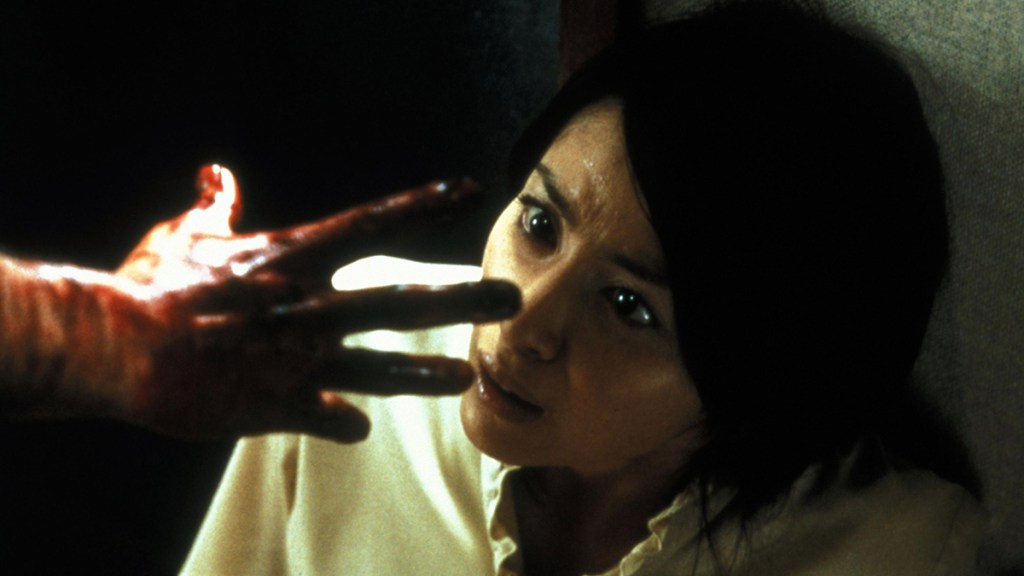
So, to put all the Scare Tactics this in real-life terms, let’s look back at what happened to me. Seeing things out of the corner of my eye is Dead Space. The fact I’m hallucinating is The Subliminal effect of watching too many horror films. Suddenly spotting a skeleton as you drive past a garage is The Unexpected, and the skin still clinging to its bones is The Grotesque. Dread is driving past the garage the next time and being scared of what you’ll see, while The Uncanny is the incongruousness of a ghost appearing on Bake-Off. Luckily The Unstoppable only really relates to movies, otherwise I’d be in deep trouble.
The post The Scariest Films Ever Made and How They Frighten Us appeared first on Den of Geek.


No comments:
Post a Comment